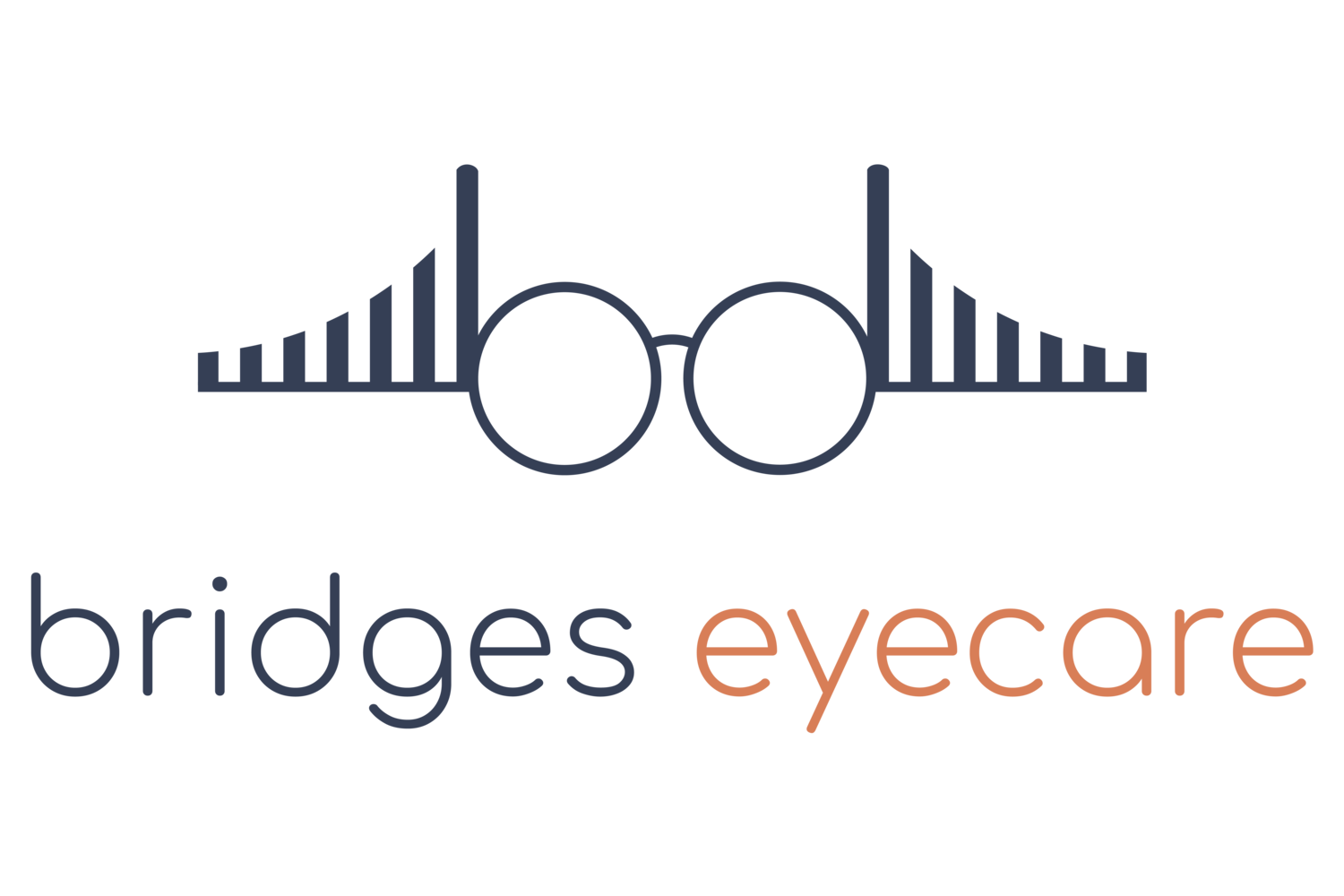Contact Lenses
I’ve been told I can’t wear contact lenses with because…
If you think you cannot wear contact lenses, ask us again. With new advances in technology and lens materials, we can find the right prescription for you.
What Are The Different Types of Contact Lenses?
Soft Contact Lenses
Soft contact lenses are the most common types of contacts and come in a variety of brands, materials, prescription powers, and sizes. These types of lenses can correct for:
Myopia or hyperopia: Single vision lenses come in a variety of materials and exist in daily, biweekly, or monthly replacement schedules. Single vision lenses are also available in colors.
Astigmatism: All contact lens brands have a different technology to hold a toric lens into place. The right contact lens prescription will depend on how stable the lens is on the eye, as it need minimum rotation to ensure clear vision.
Presbyopia: (difficulty seeing both at distance and at near): Multifocal contact lenses also exist in daily or monthly replacement schedules. Different brands have their own technology to provide two prescriptions in a single lens. It may take more than one or two trials to find the lens that provides the most comfortable vision.
Some contact lenses without a power can be prescribed with various tints for cosmetic reasons. Many fancy costume lenses are fitted before halloween or for movie sets.
The main contact lens brands are: Alcon, Johnson & Johnson, Baush + Lomb, and CooperVision. However, there are many other brands of contacts that can offer a wider array of sizes or prescriptions.
Gas Permeable Contact Lenses
These rigid contact lenses are more permeable to oxygen. They are a good fit for high astigmatic prescriptions or patients with keratoconus.
Orthokeratology Lenses
These are a type of gas permeable lens that corrects for nearsightedness (myopia) by slowly reshaping the cornea over-night. They are a great fit for patients who do not want to wear glasses or contacts during the day. They are also offered at a treatment against myopia progression. Learn more about orthokeratology at Bridges Eyecare.
What Happens During A Contact Lens Exam
Dr. Wilzen Lingad at Bridges Eyecare is first going to ask you about your contact lens goals. Do you want to wear them daily or occasionally for sports or special occasions? Have you had previous success or failures with contacts due to poor comfort or poor vision?
Using a slit lamp microscope, the cornea and the tear film integrity will be analyzed. Dr. Lingad will then use your most updated eyeglass prescription to help her choose a contact lens power to trial. The eyeglass and contact lens prescription sometimes differ and multiple contact lens trials may be fitted during one visit until the optimal lens is chosen.
Once the right contact lens is fitted, you may be given a set of trials to wear on your own for a few days. This will help us ensure that you are satisfied with the vision and comfort that the lenses provide throughout the day in your own environment.
You may be asked to return for a follow-up appointment to examine your corneal integrity and your visual acuity after having worn the contact lenses for a few hours. If you are not satisfied with the contact lens comfort, you may be given a new set of trials made of a different material.
What Are The Risks of Contact Lens Wear
Contact Lens care and hygiene is very important. Bad practices often come from bad habits. However, it is good to know that most contact lens complications and infections can be easily treated.
If the lenses are not properly handled or cared for they can lead to serious complications including contact lens-related red eye, infections, and ulcers. In the worse cases, contact lens complications can lead to permanent vision loss or the need for a corneal transplant.
The team and Bridges Eyecare will properly educate you on proper contact lens care and hygiene during the contact lens fitting process.
What If I have Never Worn Contact Lenses Before?
The team at Bridges Eyecare can teach you how to safely insert and remove contact lenses. Proficiency in insertion and removal will be necessary in order to go home with contact lens trials and a contact lens prescription.
Book an appointment with us for a contact lens fitting.

